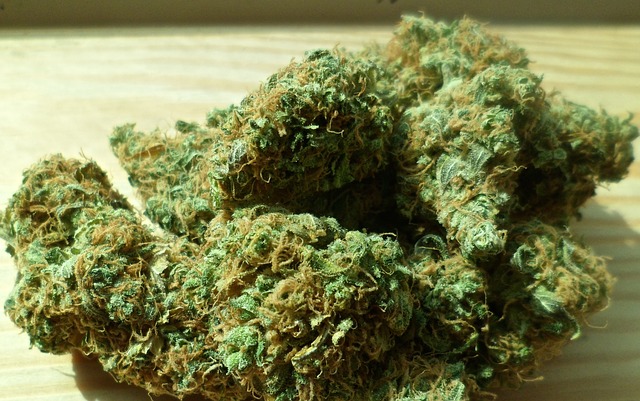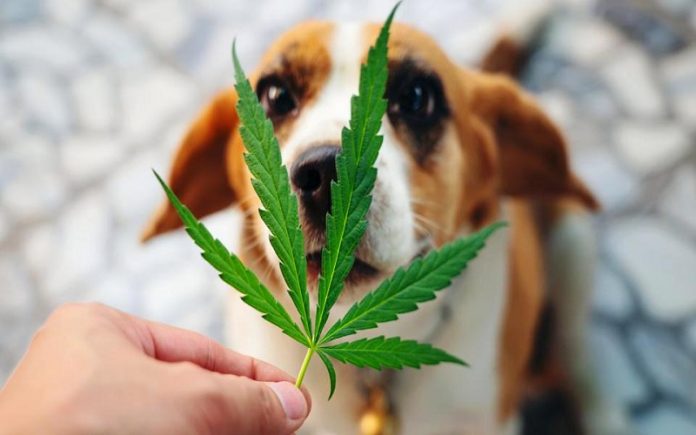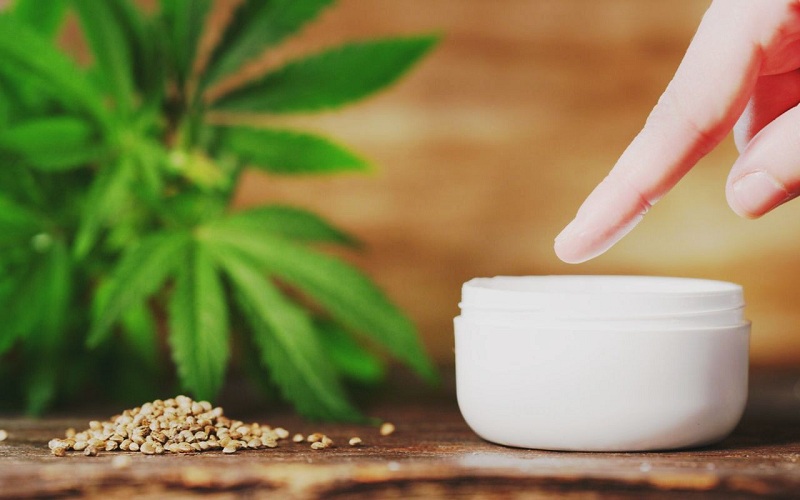Pets also benefit from the CBD usage, how? Here are the details about the same, the ones that you need to know now.
The state of veterinary medicine has advanced significantly in recent years, and with the availability of more effective drugs, many pets are living longer than they could years ago. However, with age, problems such as arthritis and other forms of pain and inflammation appear. Conventional pharmaceuticals commonly used to treat pain sometimes have a negative impact on the immune system, gastrointestinal tract, liver, and kidneys. Also, they don’t always work as well as we’d like them to, both for humans and other animals.
Of all the uses of cannabis in human and veterinary medicine, pain relief is perhaps the best documented. Research trials have shown that cannabis produces profound pain-relieving effects in a variety of medical conditions. THC and CBD extracts have been shown to provide relief in human patients with advanced cancer pain as well as those with nerve-related pain.
Studies evaluating the efficacy of cannabis in treating arthritis in dogs have also been completed. A recent Cornell University study showed a reduction in pain scores in arthritic dogs, with no negative side effects, when treated with CBD versus placebo. 4 In a more practical sense, many veterinarians and pet owners have seen the positive effects of medicinal cannabis for the treatment of arthritis and other forms of pain in animals. The research simply confirms what many of us have seen firsthand.
Forms Of Cannabis Medicine For Pets
Medical cannabis for pets generally comes as a liquid oil or as treats. Liquids are preferable because the dosage can be precisely controlled and because CBD can be better absorbed through the tissues of the mouth rather than through the digestive tract.
Vaporized or smoked cannabis should NEVER be used with pets. This can damage your lungs and lead to an accidental overdose.
Similarly, human edible food should not be given to your pet, as it is impossible to dose accurately and may contain ingredients (such as raisins, chocolate, etc.) that are toxic to animals.
Choosing The Right Medicine And The Right Dose
When considering cannabis as a medical option for treating pain and inflammation, it is important to understand how the various components of a cannabis preparation can affect your pet. Some important factors to consider are:
The Entourage Effect: The synergistic benefit of whole plant cannabis related to the amount and distribution of major and minor cannabinoids, terpenes and flavonoids. These factors affect the degree of biological activity and the spectrum of diseases treated.
Using the proper ratio of THC and CBD, as well as dosage, are critical for success.
Consider other medications administered simultaneously with regard to possible drug interactions.
Always check with your vet before starting any new medication or supplement for your pet.
THC and CBD ratios often range up to 20: 1, to uniform ratios (1: 1), up to 1:20. The decision of which product or proportion to use for a pet with pain / inflammation often depends on the severity of the pain and its source. The following is a guide to choosing ratios for treating pain and inflammation in animals.
High CBD or CBD Hemp Based
4: 1 to 20: 1 CBD to THC or, in the case of hemp, little to no THC .
Mild to moderate pain, such as arthritis and back pain.
Uniform proportion
1: 1 CBD to THC .
Moderate pain such as arthritis and back pain.
High proportions of THC:
4: 1 to 20: 1 from THC to CBD.
Severe pain such as cancer pain, nerve pain, and advanced arthritis.When using cannabis as a pet medicine, the first thing to remember is that any significant side effects are unacceptable. It’s never okay for your dog or cat to be psychoactive, even with medical cannabis. The goal of cannabis therapy for pets is to relieve the symptom being treated without other side effects. Your normal behavior patterns should be unaltered after receiving therapy.
Pet Dosage Guide In Pain
Below are guidelines for dosing THC and CBD in dogs and cats. Always check with your veterinarian before beginning cannabis therapy for your pet.
THC dosage
- The THC is always the limiting factor in the dosage.
- 0.2 – 0.6 mg of THC per 10 pounds of body weight twice a day.
- Start low and slowly increase the dose every 4-7 days.
- Higher doses may be possible / necessary depending on the case.
- Watch closely for sedation, loss of balance, or loss of mental alertness. Decrease the dose or stop immediately if side effects are observed.
CBD dosage
0.5 – 5 mg of CBD per 5 kilos of body weight twice a day.
Start low and slowly increase the dose every 4-7 days.
Often times, doses closer to the lower end of the range are effective.
Higher doses of CBD can be beneficial in certain circumstances.
Conclusion
Medical cannabis can be of great benefit to animals in pain. Ultimately, however, the safe and effective use of cannabis requires an understanding of the milligram amounts of THC and CBD (or other cannabinoids), the ratio of cannabinoids, and the availability of a drug in a suitable concentration for the dosage of a veterinary patient. Nothing is more important than the safety of your pet, so do not make any assumptions or assumptions about the content or dosage of cannabis medications.































